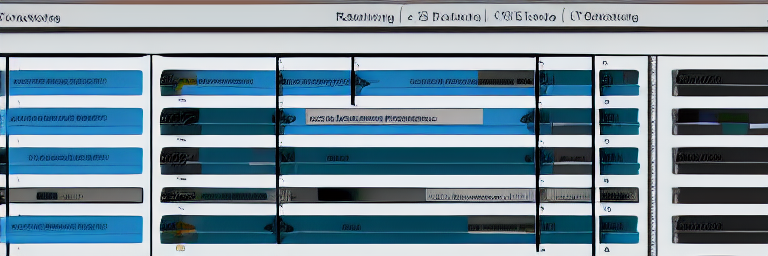What is restructuring data systems?
This can mean different things to different organizations, depending on their specific needs and goals. However, in general, data restructuring refers to the process of improving or redesigning the way data is collected, stored, accessed, and used within an organization. This can involve changes to hardware, software, processes, and people. The goal of data restructuring is usually to improve efficiency, quality, and/or security.
A new and improved data system can help your company run more smoothly and efficiently. It can also make it easier for employees to access the data they need. In the end, restructuring a data system can help your company save time and money.
Have you outgrown your data system?
If you are no longer able to effectively manage your data, it may be time to consider upgrading your data system. As well, if you find that you are constantly having to work around the limitations of your data system, it is likely that you have outgrown it.
Your company‘s data system can become outdated or inefficient over time. When this happens, your company may need to restructure its data system. This can involve anything from updating software to changing the way data is stored.
There are a few reasons why a company might need to restructure its data system. One reason is that the company has outgrown its current system. As the company grows, its data system may become too small or too slow to keep up with the company‘s needs. Another reason is that the company may have changed the way it does business, and its current data system is no longer suitable. Finally, the company may simply want to improve its data system to make it more efficient or easier to use.
Restructuring a data system can be a complex and expensive process. The company will need to analyze its current system and figure out what needs to change. Then, it will need to choose new software or hardware, and make sure that all of its data is transferred over to the new system. Also, the company will need to train its employees on how to use the new system. However, restructuring a data system can also be very beneficial to a company.
The Process
Steps involved in restructuring data systems will vary depending on the specific system being restructured. However, some common steps that may be involved in data restructuring include:
- Identifying the goals and objectives of the restructuring process.
- Conducting a data audit to assess the current state of the system.
- Designing a new data architecture that meets the goals and objectives of the restructuring process.
- Implementing the new data architecture.
- Testing and evaluating the new data system.
Data Restructuring Advantages and Challenges
There are many advantages to data restructuring, including:
- improved data quality
- easier data management
- improved data security
- meet new compliance requirements
- improve decision–making
- better understand their customers
There are a numerous challenges to data restructuring, including:
- ensuring data integrity and security
- ensuring data quality and accuracy
- maintaining system performance and availability
- managing data growth
- managing system complexity
- managing system dependencies
The Future Outlook for Data Restructuring
You may be wondering what the future outlook for data restructuring looks like as the need for organizations to effectively manage and analyze their data continues to grow. The future of restructuring data systems is likely to involve a move towards more centralized systems. This will allow for easier management of data and more efficient use of resources. Moreover, it is likely that there will be a move towards using more standardized data formats to make data more accessible and easier to work with.
You will see some common trends that may impact the future of data restructuring including, the increasing popularity of cloud-based solutions, the continued growth of big data, and the need for more sophisticated data analytics tools.

